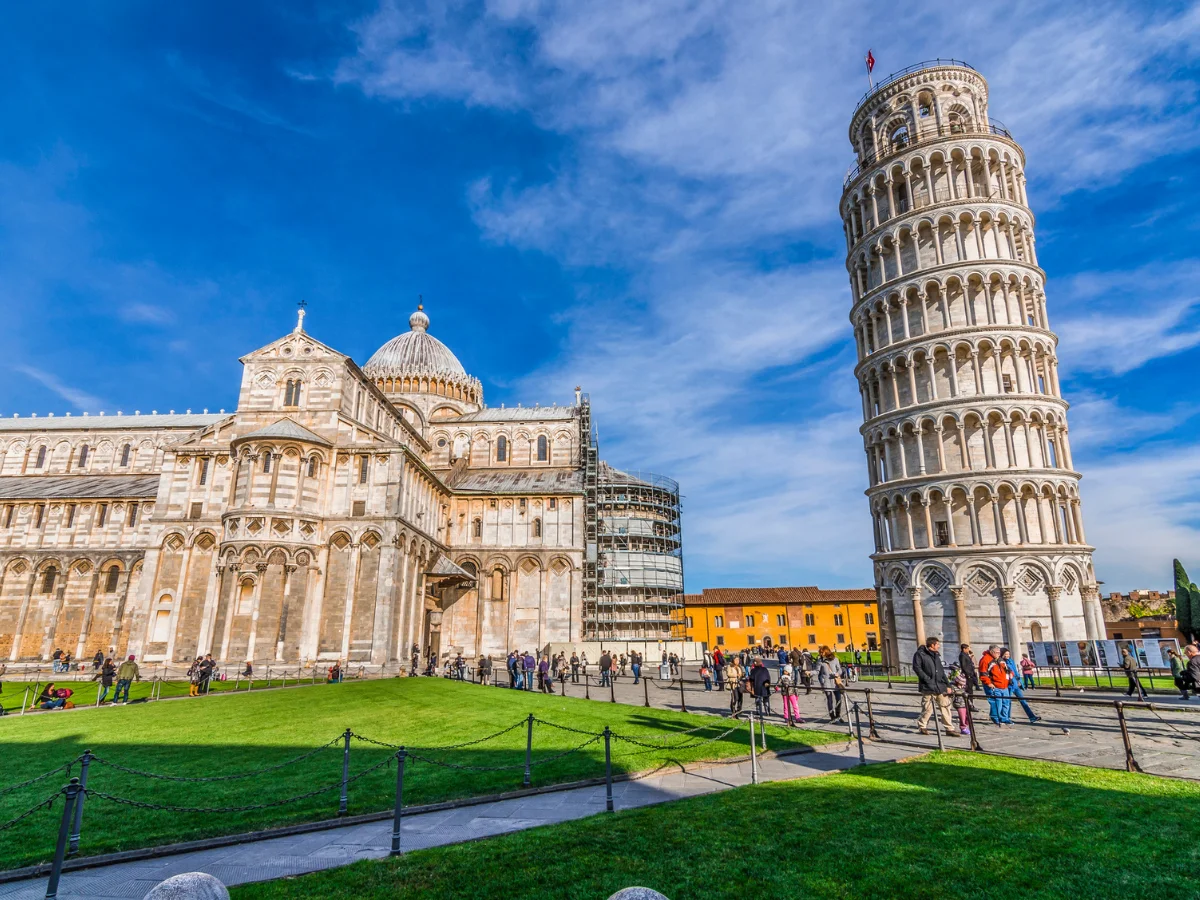Roman military training
Roman military training focused on rigorous physical conditioning, weapon proficiency, and formation discipline. Soldiers underwent intensive drills and combat simulations to hone their skills. Leadership development was prioritized for aspiring officers, while specialized units received tailored training. Endurance and resilience were instilled to withstand the rigors of warfare. Training was a continual process, ensuring soldiers remained proficient in evolving tactics. In essence, Roman military training produced disciplined and skilled soldiers capable of executing complex maneuvers on the battlefield, contributing to the empire’s military dominance.

Roman military training
Roman military training was the backbone of the ancient empire’s strength. It molded ordinary citizens into disciplined soldiers, laying the groundwork for Rome’s dominance. Let’s delve into the rigorous training regimen that forged some of history’s most formidable warriors.
Recruitment and Basic Training
Recruits were drawn from Roman citizens and later from conquered territories. They underwent rigorous selection processes based on physical fitness, mental aptitude, and loyalty. Basic training commenced with rigorous physical exercises, including running, marching, and weapons handling. Discipline was instilled through drills and punishment for infractions.
Combat Techniques
Roman soldiers were trained in various combat techniques, including swordsmanship, spear throwing, and hand-to-hand combat. They mastered formations like the famous “testudo” or tortoise formation for protection and the “wedge” for breaking enemy lines. Training emphasized adaptability, enabling soldiers to excel in different battlefield scenarios.
Tactical Maneuvers
Tactical maneuvers were crucial for Roman military success. Soldiers practiced maneuvers like encirclement, flanking, and feigned retreats to outmaneuver adversaries. They honed their ability to maintain cohesion amidst chaos, allowing for swift and coordinated action on the battlefield.
Physical Endurance and Conditioning
Endurance and conditioning were paramount in Roman military training. Soldiers underwent grueling marches over long distances, carrying heavy packs. This built physical resilience and mental fortitude, essential for enduring the rigors of battle and prolonged campaigns.
Discipline and Hierarchical Structure
Discipline formed the bedrock of Roman military culture. Soldiers were subject to strict rules and severe penalties for disobedience. The hierarchical structure ensured obedience and cohesion, with officers enforcing discipline and leading by example.
Training Facilities
Training facilities, known as “castra,” were strategically located throughout the empire. These military camps provided barracks, training grounds, and facilities for weapons practice. Soldiers lived and trained together, fostering camaraderie and esprit de corps.
Specialized Training
Specialized units received additional training in areas like engineering, siege warfare, and cavalry tactics. Engineers learned to construct fortifications and siege engines, while cavalry units mastered mounted combat and reconnaissance. This diversified skill set enhanced the Roman army’s versatility and effectiveness.
Leadership Development
Leadership development was integral to Roman military training. As soldiers advanced in rank, they received training in tactics, strategy, and administration. This prepared them for command roles, where decisiveness and tactical acumen were vital.
Continual Training and Reinforcement
Training was not a one-time event but a continual process throughout a soldier’s career. Regular drills, mock battles, and exercises kept skills sharp and units cohesive. Reinforcement of discipline and doctrine ensured readiness for any threat.
Legacy of Roman Military Training
The legacy of Roman military training extends far beyond the ancient world. Its principles of discipline, organization, and adaptability have influenced military strategies for centuries. The Roman army’s efficiency and effectiveness paved the way for the empire’s expansion and enduring influence on Western civilization.
Conclusion
Roman military training was a testament to the empire’s commitment to martial excellence. Through rigorous discipline, tactical innovation, and relentless training, Roman soldiers became the formidable force that shaped the ancient world. Their legacy lives on in the annals of history, a testament to the enduring power of disciplined and well-trained warriors.



